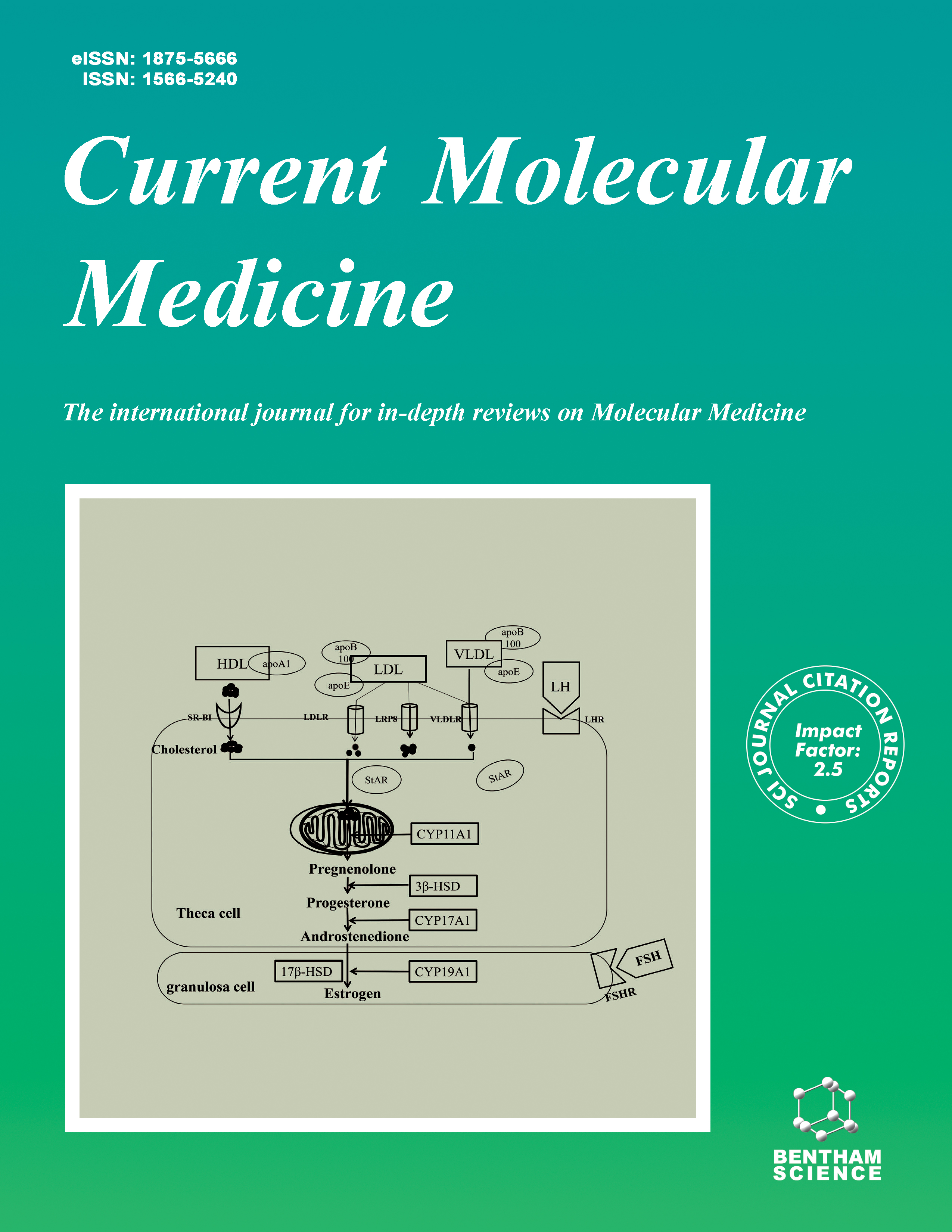
Full text loading...
We use cookies to track usage and preferences.I Understand
Unlocking the secrets of reproductive success in domestic animals requires a deep understanding of the molecular biology and immunology of spermatozoa, capacitation, fertilization, and conception. This review highlights the complex processes involved in spermatogenesis and sperm capacitation, including changes in membrane properties, signaling pathways, and the crucial acrosome reaction. The interaction with the zona pellucida in species-specific gamete recognition and binding is emphasized. The implications of fertilization defects for infertility and assisted reproduction are discussed, underscoring the challenges faced in breeding programs. The future directions for research in this field involve advancements in molecular techniques, understanding the immune regulation of spermatozoa, investigating environmental factors' impact, and integrating multi-omics approaches to enhance assisted reproduction techniques in domestic animals. This review contributes to our understanding of the intricate mechanisms underlying successful reproduction and provides insights into potential strategies for improving fertility outcomes in domestic animals.

Article metrics loading...

Full text loading...
References


Data & Media loading...

